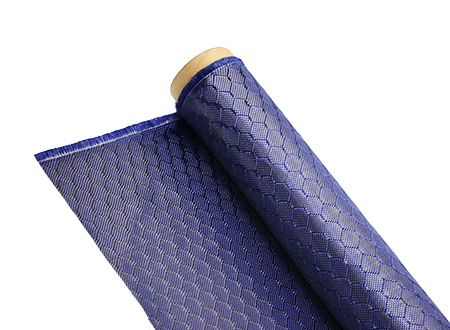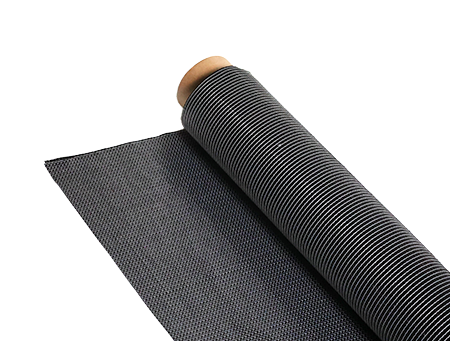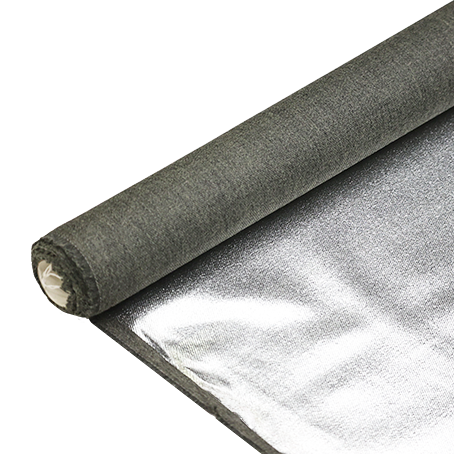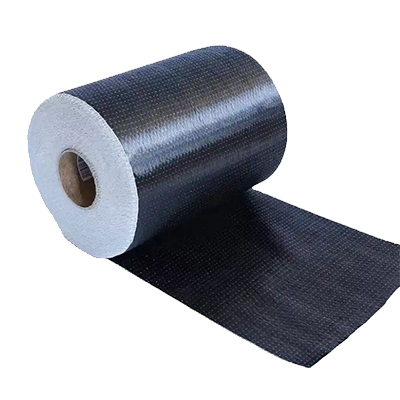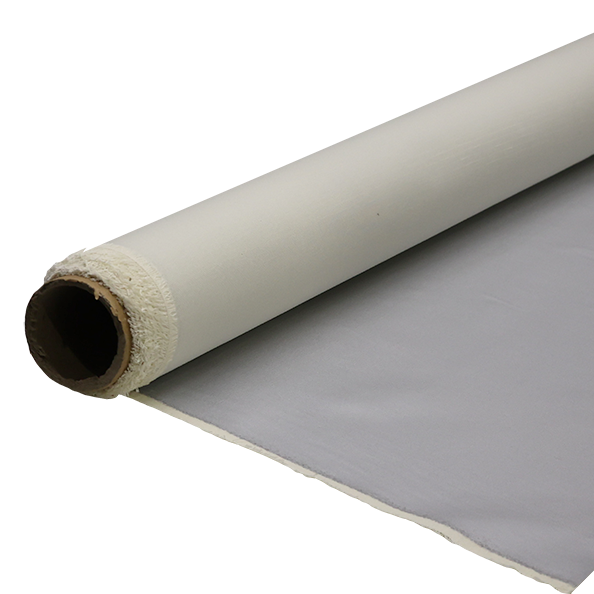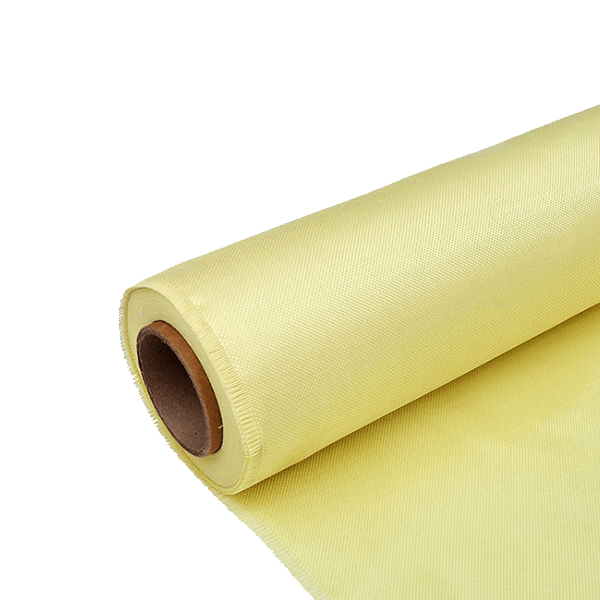Kevlar Paneling Used in New Police Vehicle Prototypes
-
Table of Contents
“Kevlar Paneling: Unyielding Protection for Tomorrow’s Law Enforcement.”
Kevlar paneling is increasingly being integrated into new police vehicle prototypes as a cutting-edge solution for enhancing officer safety and vehicle durability. Known for its exceptional strength-to-weight ratio, Kevlar provides a lightweight yet robust barrier against ballistic threats and other forms of impact. This advanced material not only improves the overall protection of law enforcement personnel but also contributes to the vehicle’s agility and performance. As police departments seek to modernize their fleets with innovative technologies, the incorporation of Kevlar paneling represents a significant advancement in the design and functionality of patrol cars, ensuring that officers are better equipped to handle high-risk situations while maintaining mobility and efficiency on the road.
Kevlar Paneling: Enhancing Safety in Police Vehicle Prototypes
In recent years, the integration of advanced materials into law enforcement vehicles has become a focal point for enhancing officer safety and operational efficiency. Among these materials, Kevlar paneling has emerged as a significant innovation in the design of new police vehicle prototypes. Renowned for its exceptional strength-to-weight ratio, Kevlar is a synthetic fiber that has been widely used in various applications, including body armor and aerospace components. Its adoption in police vehicles represents a proactive approach to addressing the increasing threats faced by law enforcement personnel in the line of duty.
The primary advantage of Kevlar paneling lies in its ability to provide superior ballistic protection without adding excessive weight to the vehicle. Traditional armored vehicles often suffer from the drawback of being cumbersome, which can hinder mobility and response times. However, by incorporating Kevlar, manufacturers can create lighter, more agile prototypes that still offer robust protection against firearms and other projectiles. This balance between safety and maneuverability is crucial, as police officers frequently encounter high-stress situations where quick responses can mean the difference between life and death.
Moreover, the use of Kevlar paneling in police vehicles is not limited to ballistic protection alone. The material is also resistant to abrasion and impact, which enhances the overall durability of the vehicle. In urban environments, where police vehicles are often subjected to rough handling and potential collisions, the resilience of Kevlar can significantly extend the lifespan of the vehicle. This durability translates into cost savings for law enforcement agencies, as vehicles require less frequent repairs and replacements, allowing funds to be allocated to other critical areas of public safety.
In addition to its physical properties, Kevlar paneling can be engineered to meet specific operational needs. For instance, manufacturers can customize the thickness and layering of Kevlar to optimize protection levels based on the anticipated threats in a given area. This adaptability ensures that police vehicles are not only equipped to handle a variety of scenarios but also tailored to the unique challenges faced by different law enforcement agencies. As a result, the implementation of Kevlar paneling fosters a more strategic approach to vehicle design, aligning with the evolving landscape of crime and public safety.
Furthermore, the integration of Kevlar into police vehicle prototypes reflects a broader trend toward innovation in law enforcement technology. As agencies seek to modernize their fleets, the emphasis on safety and efficiency has never been more pronounced. The incorporation of advanced materials like Kevlar is indicative of a commitment to protecting officers while enhancing their operational capabilities. This forward-thinking mindset is essential in an era where law enforcement faces increasingly sophisticated threats, necessitating a reevaluation of traditional vehicle designs.
In conclusion, the use of Kevlar paneling in new police vehicle prototypes represents a significant advancement in the pursuit of officer safety and operational effectiveness. By providing lightweight, durable, and customizable protection, Kevlar enhances the overall functionality of police vehicles, allowing officers to respond more effectively to emergencies. As law enforcement agencies continue to adapt to the challenges of modern policing, the integration of innovative materials like Kevlar will undoubtedly play a pivotal role in shaping the future of police vehicle design. This evolution not only underscores the importance of officer safety but also highlights the ongoing commitment to leveraging technology in the service of public safety.
The Role of Kevlar in Modern Law Enforcement Vehicle Design
In recent years, the integration of advanced materials into law enforcement vehicle design has become increasingly critical, particularly in response to the evolving challenges faced by police forces. Among these materials, Kevlar has emerged as a pivotal component, significantly enhancing the protective capabilities of police vehicles. Originally developed for use in bulletproof vests, Kevlar’s unique properties have made it an ideal choice for various applications, including the construction of vehicle paneling. This innovative use of Kevlar in police vehicle prototypes not only improves officer safety but also addresses the need for lightweight yet durable materials in modern law enforcement.
The primary advantage of Kevlar lies in its exceptional strength-to-weight ratio. This characteristic allows for the creation of vehicle panels that are both lightweight and resistant to ballistic threats. As police vehicles are often required to navigate high-risk environments, the incorporation of Kevlar paneling provides an additional layer of protection without significantly increasing the vehicle’s overall weight. Consequently, this enhancement contributes to improved fuel efficiency and maneuverability, which are essential for law enforcement operations. Moreover, the lightweight nature of Kevlar enables police vehicles to maintain optimal performance levels, ensuring that officers can respond swiftly to emergencies.
In addition to its lightweight properties, Kevlar is renowned for its ability to absorb and disperse energy upon impact. This feature is particularly beneficial in high-stress situations where police vehicles may encounter gunfire or explosive devices. By utilizing Kevlar paneling, manufacturers can create vehicles that not only withstand direct hits but also protect the occupants from potential injuries caused by shrapnel or debris. This aspect of Kevlar’s design is crucial, as it directly correlates to the safety and survivability of law enforcement personnel during critical incidents.
Furthermore, the use of Kevlar in police vehicle prototypes aligns with the broader trend of incorporating advanced materials into law enforcement technology. As agencies seek to modernize their fleets, the demand for vehicles that can withstand contemporary threats has never been higher. The integration of Kevlar paneling represents a proactive approach to vehicle design, allowing law enforcement agencies to stay ahead of potential dangers. This forward-thinking mindset is essential in an era where the nature of crime and threats to public safety are constantly evolving.
Moreover, the implementation of Kevlar in police vehicles is not solely about protection; it also reflects a commitment to innovation within law enforcement. By embracing cutting-edge materials and technologies, police departments can enhance their operational capabilities and improve community relations. When officers are equipped with vehicles that prioritize their safety, it fosters a sense of confidence and trust within the community they serve. This relationship is vital, as public perception plays a significant role in the effectiveness of law enforcement agencies.
In conclusion, the role of Kevlar in modern law enforcement vehicle design cannot be overstated. Its unique properties, including a high strength-to-weight ratio and energy absorption capabilities, make it an invaluable asset in enhancing the safety and performance of police vehicles. As law enforcement agencies continue to adapt to new challenges, the integration of advanced materials like Kevlar will undoubtedly play a crucial role in shaping the future of police vehicle design. By prioritizing officer safety and operational efficiency, the use of Kevlar paneling in new police vehicle prototypes represents a significant step forward in the ongoing evolution of law enforcement technology.
Advantages of Kevlar Paneling for Police Vehicle Durability and Performance
The introduction of Kevlar paneling in new police vehicle prototypes marks a significant advancement in law enforcement technology, particularly in terms of durability and performance. Kevlar, a synthetic fiber known for its exceptional strength-to-weight ratio, has long been utilized in various applications, including body armor and protective gear. Its incorporation into police vehicles represents a strategic move to enhance the safety and operational efficiency of law enforcement agencies.
One of the primary advantages of Kevlar paneling is its remarkable resistance to impact and abrasion. Traditional vehicle materials, such as steel and aluminum, while strong, can be susceptible to dents and deformation under high-stress conditions. In contrast, Kevlar’s unique composition allows it to absorb and dissipate energy more effectively, thereby reducing the likelihood of structural damage during high-speed pursuits or confrontations. This resilience not only prolongs the lifespan of the vehicle but also ensures that officers remain protected in potentially dangerous situations.
Moreover, the lightweight nature of Kevlar contributes significantly to the overall performance of police vehicles. By replacing heavier materials with Kevlar, manufacturers can reduce the vehicle’s weight, which in turn enhances fuel efficiency and maneuverability. This is particularly beneficial for police operations that require rapid response times and agile handling. A lighter vehicle can accelerate more quickly, navigate tight spaces with ease, and ultimately improve the effectiveness of law enforcement efforts in urban environments.
In addition to its physical properties, Kevlar paneling offers a degree of versatility that is advantageous for police vehicles. The material can be molded into various shapes and sizes, allowing for customized designs that meet specific operational needs. This adaptability enables manufacturers to create vehicles that not only provide protection but also accommodate advanced technology and equipment essential for modern policing. For instance, the integration of communication systems, surveillance equipment, and other high-tech tools can be seamlessly incorporated into the vehicle’s design without compromising its structural integrity.
Furthermore, the use of Kevlar paneling aligns with the growing emphasis on officer safety and well-being. In an era where law enforcement faces increasing scrutiny and challenges, equipping vehicles with advanced protective materials can serve as a deterrent against potential threats. Officers operating in high-risk areas can feel more secure knowing that their vehicles are fortified with materials designed to withstand ballistic impacts and other forms of attack. This enhanced sense of security can lead to improved morale and confidence among law enforcement personnel, ultimately translating into more effective policing.
Additionally, the environmental impact of using Kevlar should not be overlooked. As law enforcement agencies strive to adopt more sustainable practices, the longevity and durability of Kevlar paneling contribute to a reduction in the frequency of vehicle replacements. Fewer replacements mean less waste and a smaller carbon footprint associated with manufacturing and disposing of traditional vehicle materials. This consideration aligns with broader societal goals of sustainability and responsible resource management.
In conclusion, the advantages of Kevlar paneling in new police vehicle prototypes extend far beyond mere durability. Its impact resistance, lightweight properties, versatility, and contribution to officer safety collectively enhance the performance of law enforcement vehicles. As police agencies continue to adapt to evolving challenges, the integration of advanced materials like Kevlar represents a proactive approach to ensuring that officers are equipped with the best possible tools to serve and protect their communities effectively.
Q&A
1. **What is Kevlar paneling used for in new police vehicle prototypes?**
Kevlar paneling is used to provide lightweight ballistic protection, enhancing the safety of officers by resisting bullets and other projectiles.
2. **How does Kevlar paneling improve the performance of police vehicles?**
The use of Kevlar paneling reduces the overall weight of the vehicle while maintaining structural integrity, which can improve fuel efficiency and maneuverability.
3. **What are the benefits of using Kevlar over traditional armor materials in police vehicles?**
Kevlar offers superior strength-to-weight ratio, flexibility, and resistance to environmental factors, making it more effective and versatile compared to traditional steel or ceramic armor.Kevlar paneling in new police vehicle prototypes enhances ballistic protection, reduces weight, and improves overall vehicle performance. Its integration signifies a commitment to officer safety and operational efficiency, making these vehicles better equipped to handle high-risk situations while ensuring the safety of law enforcement personnel.

